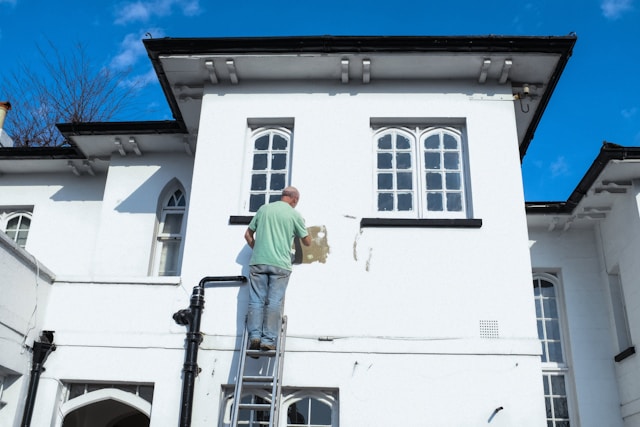Modern Painting Techniques: Engineering Durable Surface Finishes in Construction

In contemporary construction, painting has evolved from basic surface coverage to engineered protective systems. From traditional brush application to advanced electrostatic spraying, modern painting techniques combine material science with precision application for both aesthetic and functional performance.
The foundation of professional painting lies in proper surface preparation, coating compatibility, and environmental condition control. These critical factors ensure adhesion longevity and consistent finish across various substrates and climates.
Surface Engineering Principles
Modern painting systems require understanding of DFT (Dry Film Thickness) measurements and cure time calculations. Advanced techniques include multi-coat applications, zinc-rich primers for corrosion control, and intumescent coatings for fire protection.
"Quality painting is 80% preparation and 20% application - every micron of surface profile matters in achieving optimal coating performance."— Karen Mitchell, Coating Inspector
Innovative Coating Technologies
The industry now offers self-cleaning hydrophobic paints, anti-graffiti coatings, and thermal-reflective finishes. Recent advancements include photocatalytic air-purifying paints and smart coatings that change color based on temperature or light exposure.
Essential Painting Components
- Epoxy/polyurethane hybrid systems
- Surface profile test gauges
- Moisture-cured urethane topcoats
- Adhesion promoter additives
Future trends include nano-ceramic coatings for extreme durability, self-healing elastomeric finishes, and IoT-enabled application equipment with real-time thickness monitoring. This blog explores how advanced coating technologies are revolutionizing protective surface treatments in construction.